Hello! It’s already the middle of August, and summer vacation for students is nearly over. In Japan, students have a lot of homework even during their summer holidays. What is it like in your country?
A common summer homework assignment in Japan is a research project, where the student must observe an object and keep a daily record throughout the summer. Planning is essential, as the project has to begin as early as possible once the summer holiday begins. Sasabe Shintaro was very good at keeping records. This article is about Sasabe’s records regarding cherry blossom trees.
One of Sasabe’s sets of handwritten records is called “Records of Ekiraku Sansou”, where details of Sasabe’s experimental cherry blossom forest were recorded from 1928 to 1956. Let us show you one of the records from 1942, about grafting cherry blossom trees. Grafting is one of the methods used for growing plants as with the seedlings which was explained in the previous article. Sasabe recorded the variety of cherry blossom trees he wanted to grow through grafting. Here is an excerpt from his record about grafting cherry blossom trees dated March 30, 1942:
(omitted)
② -△ No.1702 Yumurayama Weeping Cherry Blossom Trees at Shofukuji Temple – Grafted ten
③ – ×No. 1703 Sendai Weeping Double Cherry Blossom Trees – Grafted fifteen
(omitted)
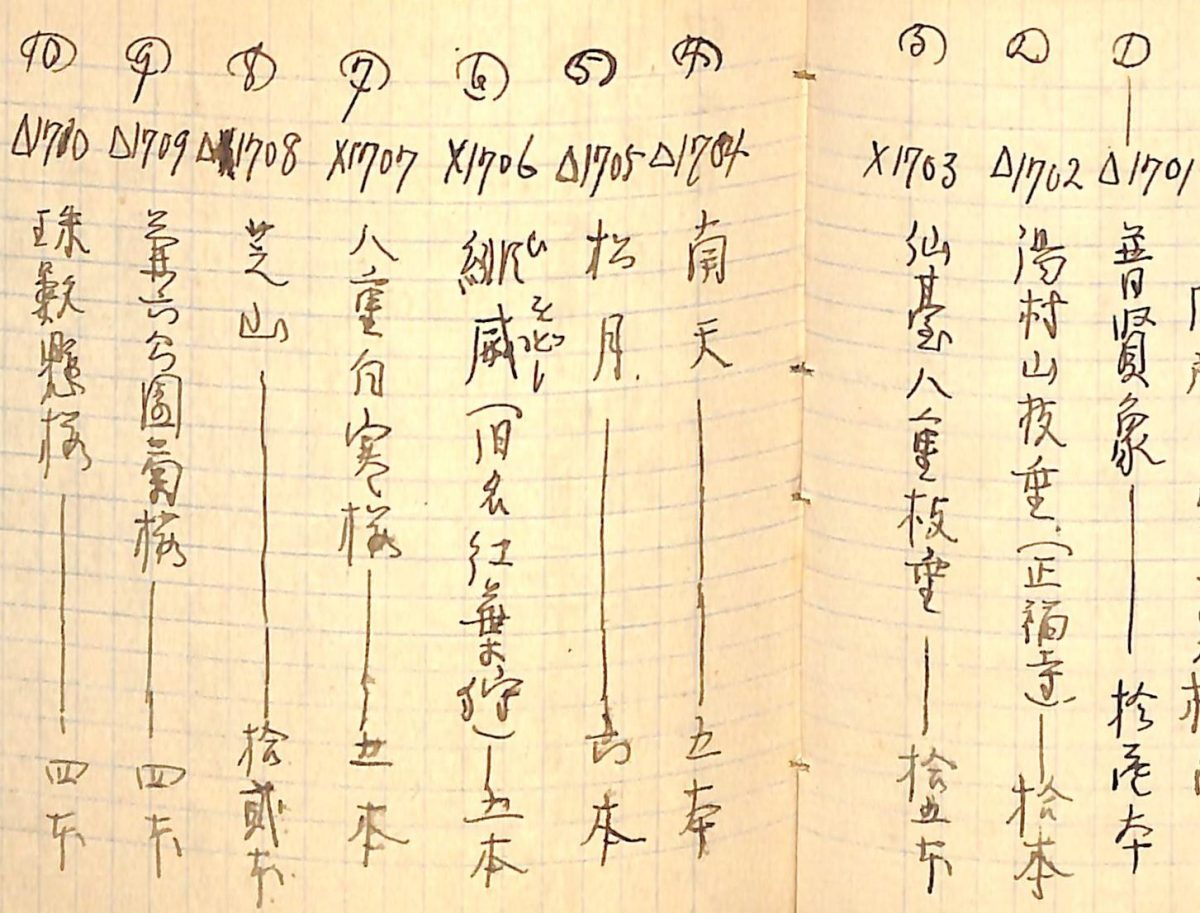
The above record notes the quantity of each variety of cherry blossom tree. The triangle mark indicates the Kishu Gongendaira cherry blossom tree and the cross mark indicates the Usuzumi-zakura cherry blossom tree as rootstocks. For example, the record No.② shows that the Yumurayama Weeping cherry blossom trees were grafted onto Kishu Gongendaira cherry blossom trees.
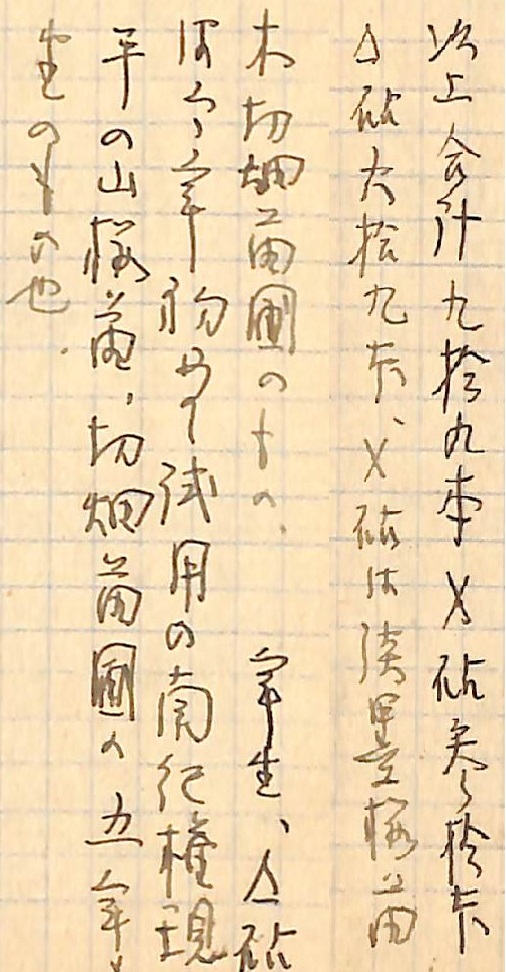
Commonly, the Mazakura cherry blossom tree is used as a rootstock, however, Sasabe’s record shows that he tried different varieties such as Usizumi-zakura cherry and Gongendaira cherry. We still want to learn why Sasabe chose those particular varieties as rootstocks, but his record shows his enthusiasm for the study of cherry blossom trees.
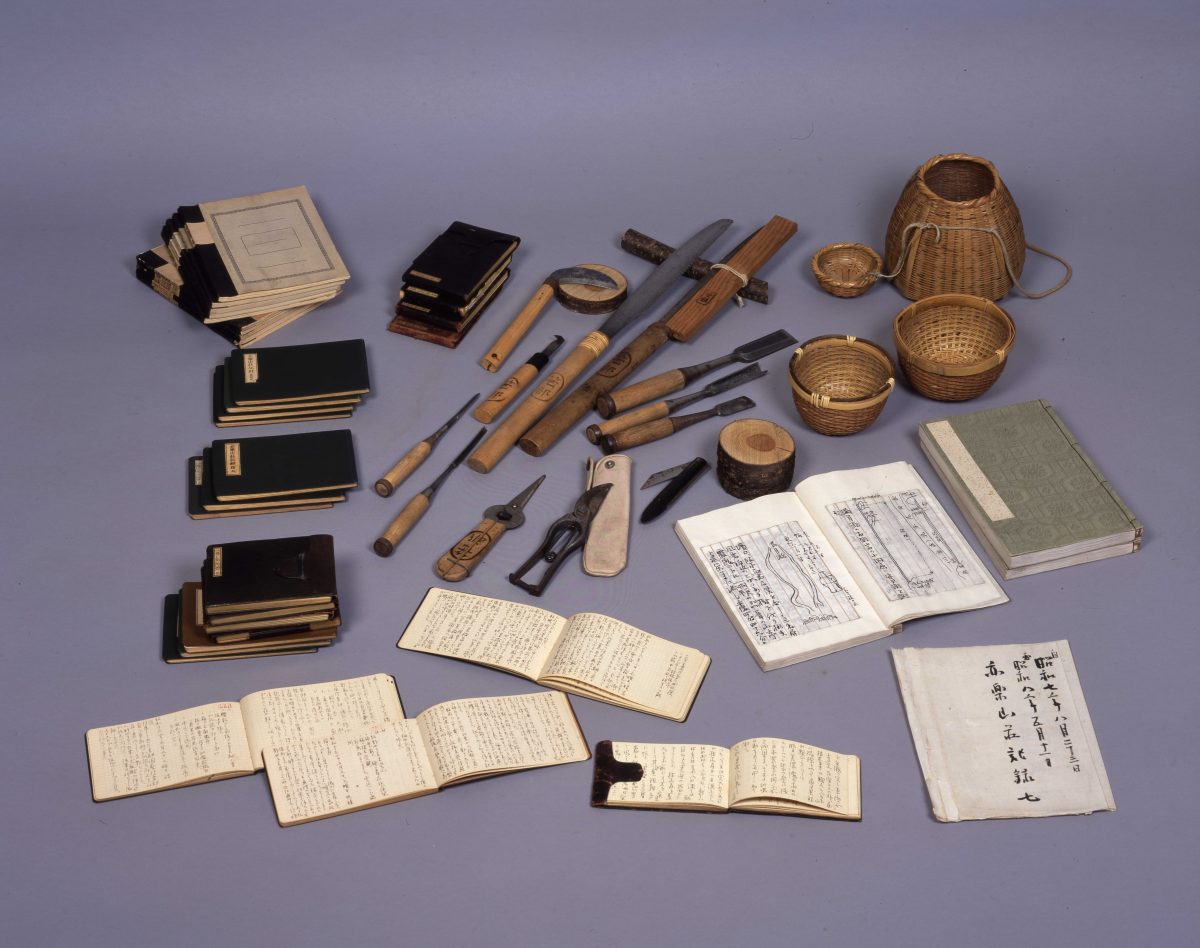
Moreover, Sasabe wrote his autobiography titled “Sakura Otoko Gyojo”. Through these records and writings, we can dive deeper into his life and what he studied. At the Sake Museum in the Sasabe Sakura Reference Room, our exhibition “A Life Dedicated to Sakura” is now being displayed. Some of Sasabe’s records, such as his letters and original writings in “Records of Ekiraku Sansou”, are on display. Please visit the museum to see more of his study and projects including the planting and replanting of cherry blossom trees.
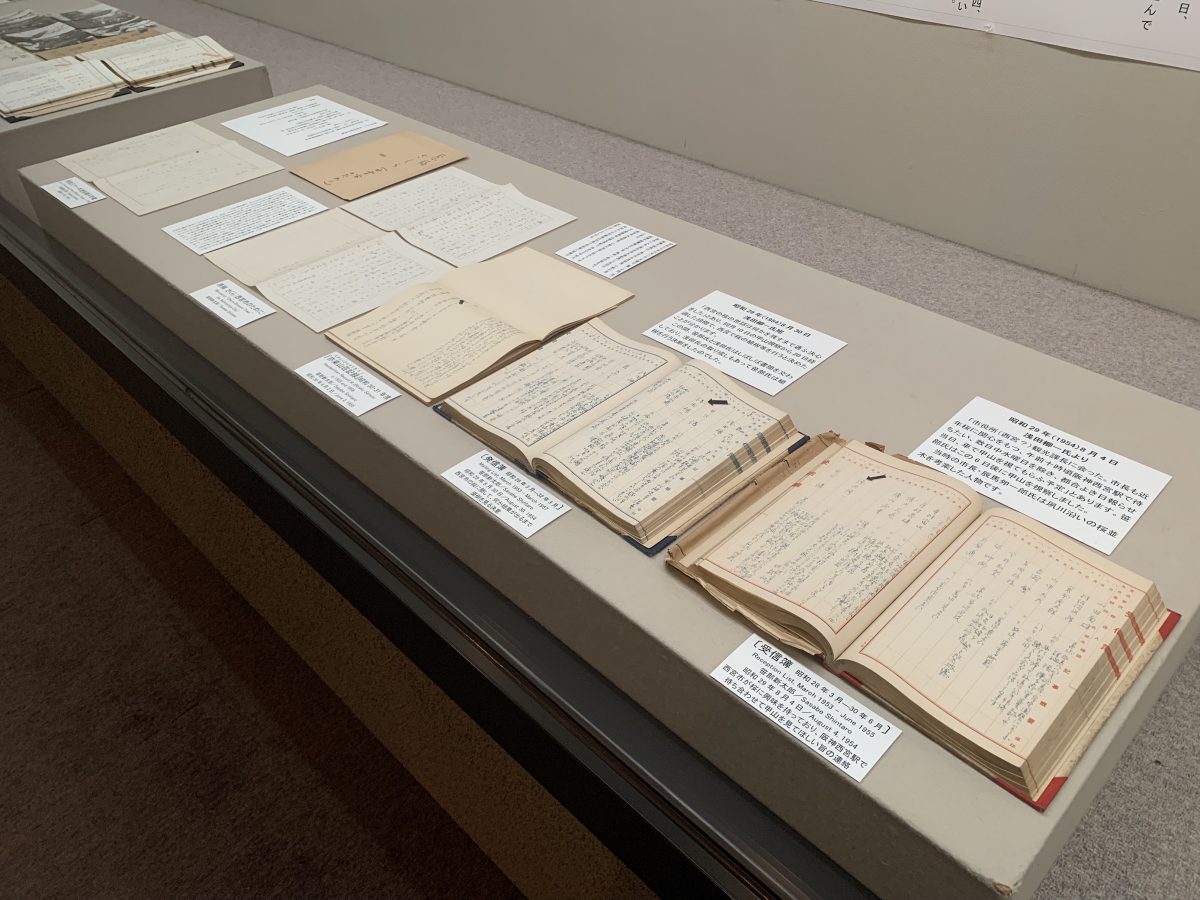
Please look forward to the next article!


呉春〈花字蝶図〉-scaled.jpg)
桜書100-宮人観花図-高倉在孝.jpg)
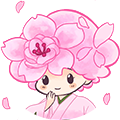
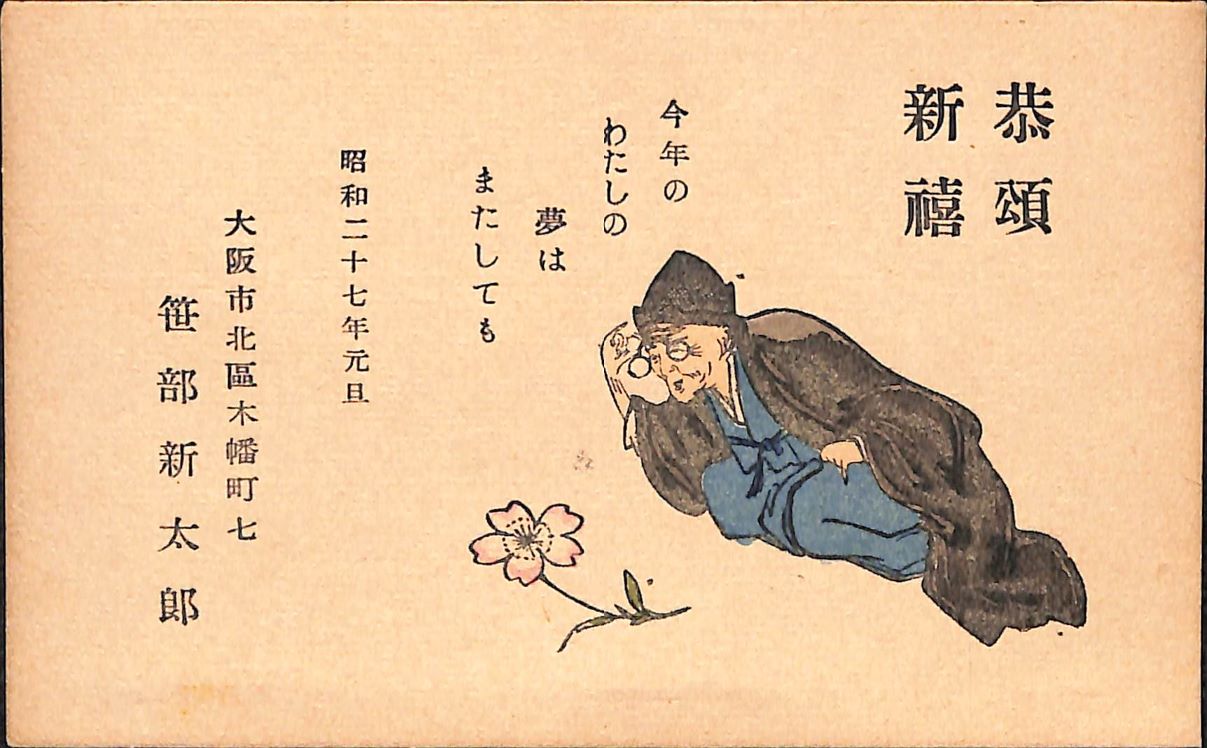
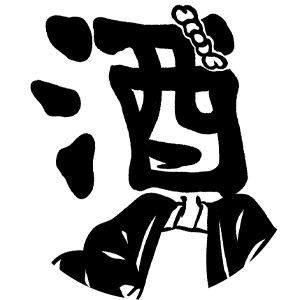
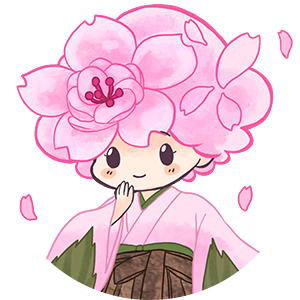
Let’s enjoy Sasabe san’s collection together through the articles!